Why short cranks are trending?
In recent years, the science of biomechanics has taken a giant leap forward in integrating the cyclist much more into the bike and optimizing the pedaling gesture. Some of this knowledge clashes head-on with traditional cycling beliefs and may even require manufacturers to modify the measurements of their frames. Undoubtedly, one of these revolutionary aspects is the length of the crank.
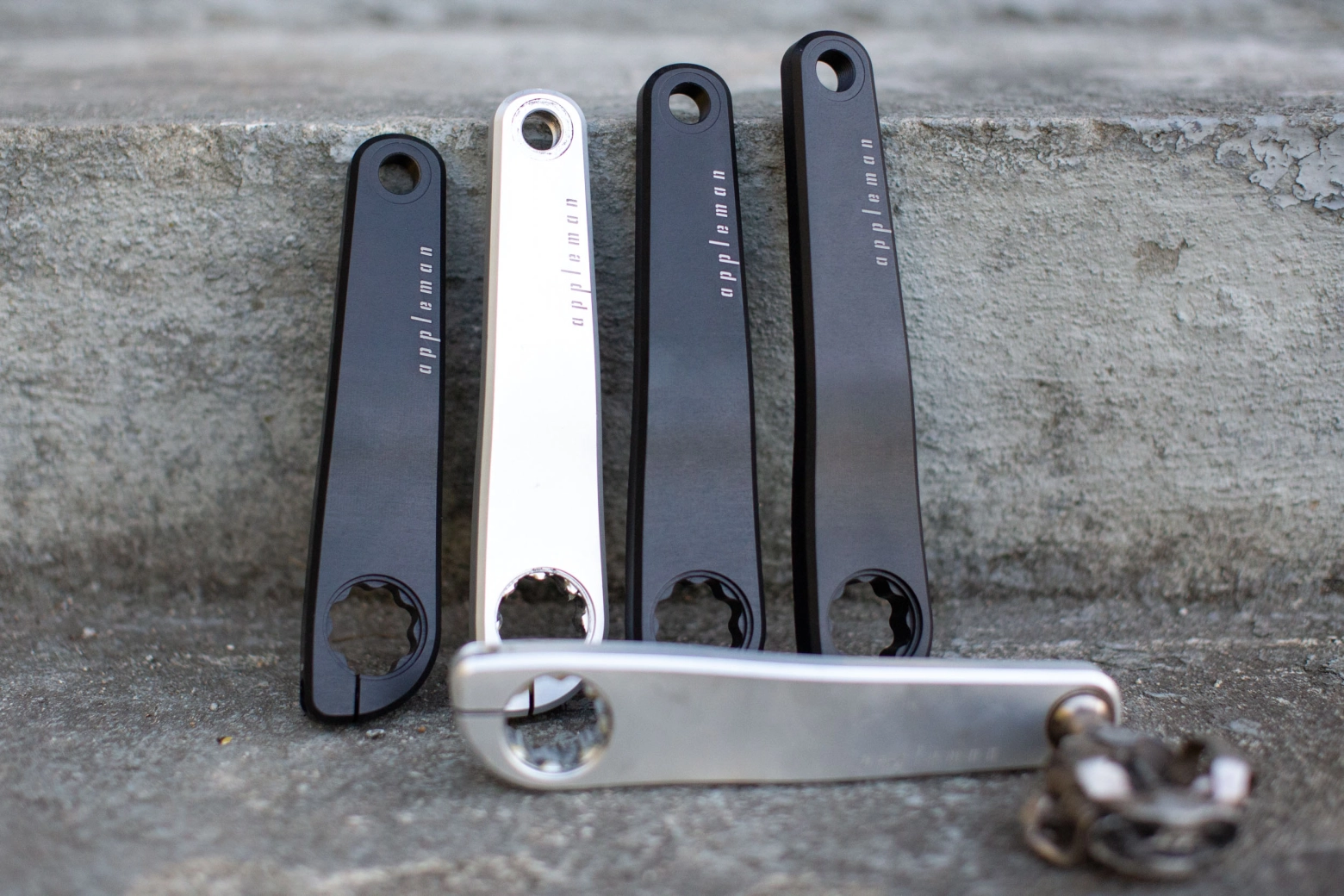
Biomechanics dictates: shorter cranks are better
It is not uncommon to see biomechanics professionals on social media protesting about the limitations imposed by the geometries of current bicycles. Over time, in the pursuit of a more efficient posture, more forward positions have been imposed, with the saddle higher to allow the cyclist's body to rotate in order to go lower and more aerodynamic, almost as if in a time trial position.
This position seeks maximum efficiency and is, in large part, the cause and consequence of using shorter cranks. But why do biomechanics professionals prefer shorter cranks, even for tall cyclists?
RECOMENDADO

The best apps for cycling and mountain biking
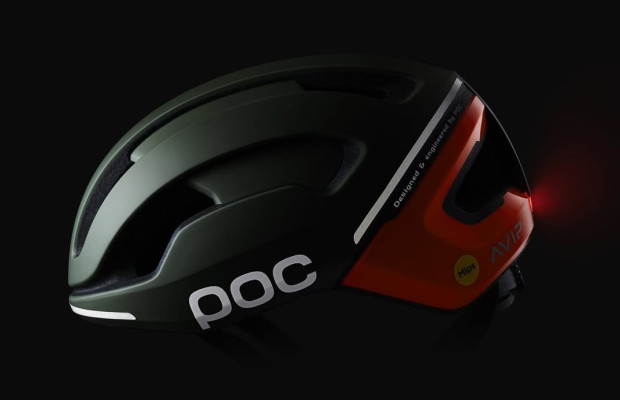
Black Friday 2025 cycling bargains: save on Garmin, POC, Maxxis and more
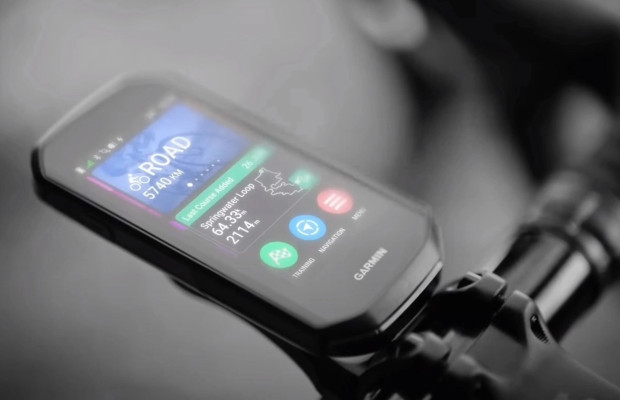
Black Friday Garmin 2025: the ultimate guide to choosing your GPS at the best price
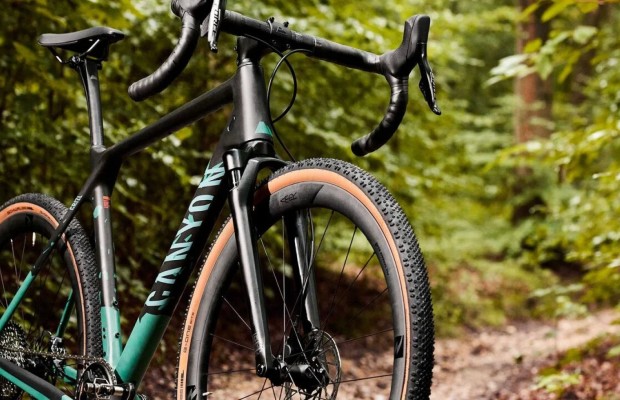
Do you need suspension on your gravel bike?
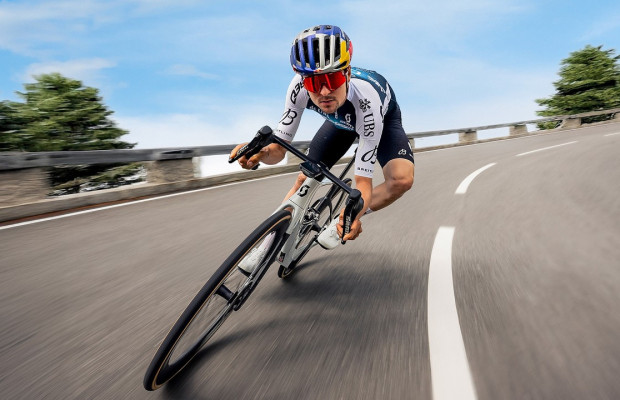
Countersteering, braking and cornering: the basics to improve your cornering skills
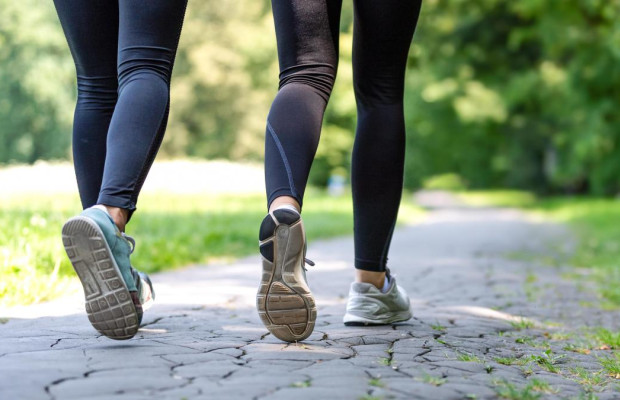
10,000 steps a day or how much on a bike?
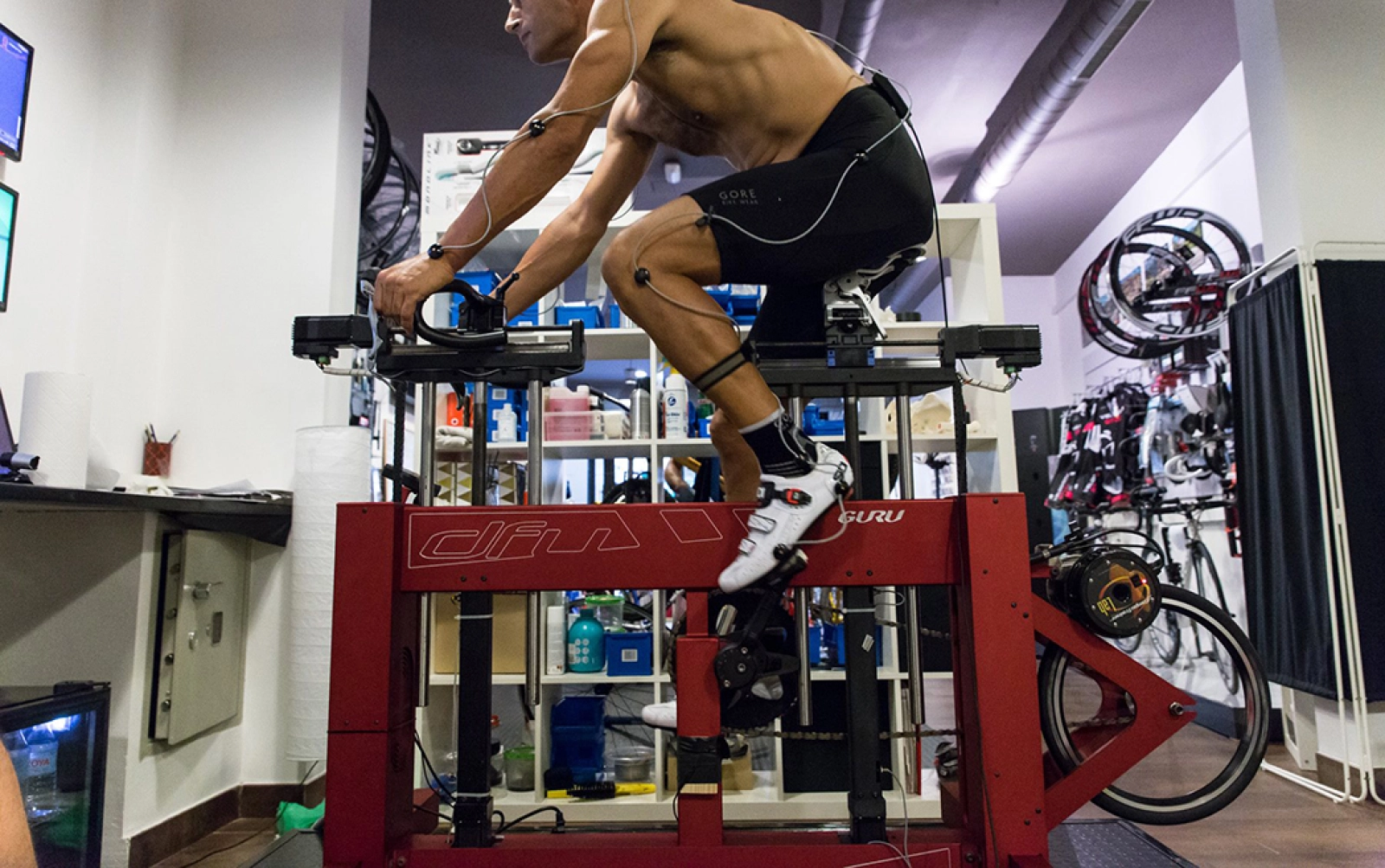
Traditionally, crank length had been associated with the height and strength of the cyclist. It was not uncommon for robust classic riders, close to 1.90 m, to ride cranks up to 180 mm in length with the belief that a longer lever arm would allow them to better utilize their physical strength. Below them, lightweight climbers, who based their efficiency on agile pedaling, resorted to shorter cranks, usually no less than 170 mm, seeking that effect. This was done without even considering the reason behind this decision.
Keep in mind that we are talking about times when biomechanical knowledge was mainly based on trial and error, there were no means to analyze the cyclist's movements on the bike to the millimeter, and the available gear ratios made it necessary to pedal at a cadence that today would be considered sluggish.
However, with the development of biomechanical science, all aspects involved in the pedaling gesture and how each of the muscle groups that contribute force to pedaling are activated have begun to be analyzed. When it comes to the muscles, mainly the quadriceps and glutes, the most powerful muscles in the body and responsible for extending the leg, applying maximum force requires an essential parameter: the hip angle.
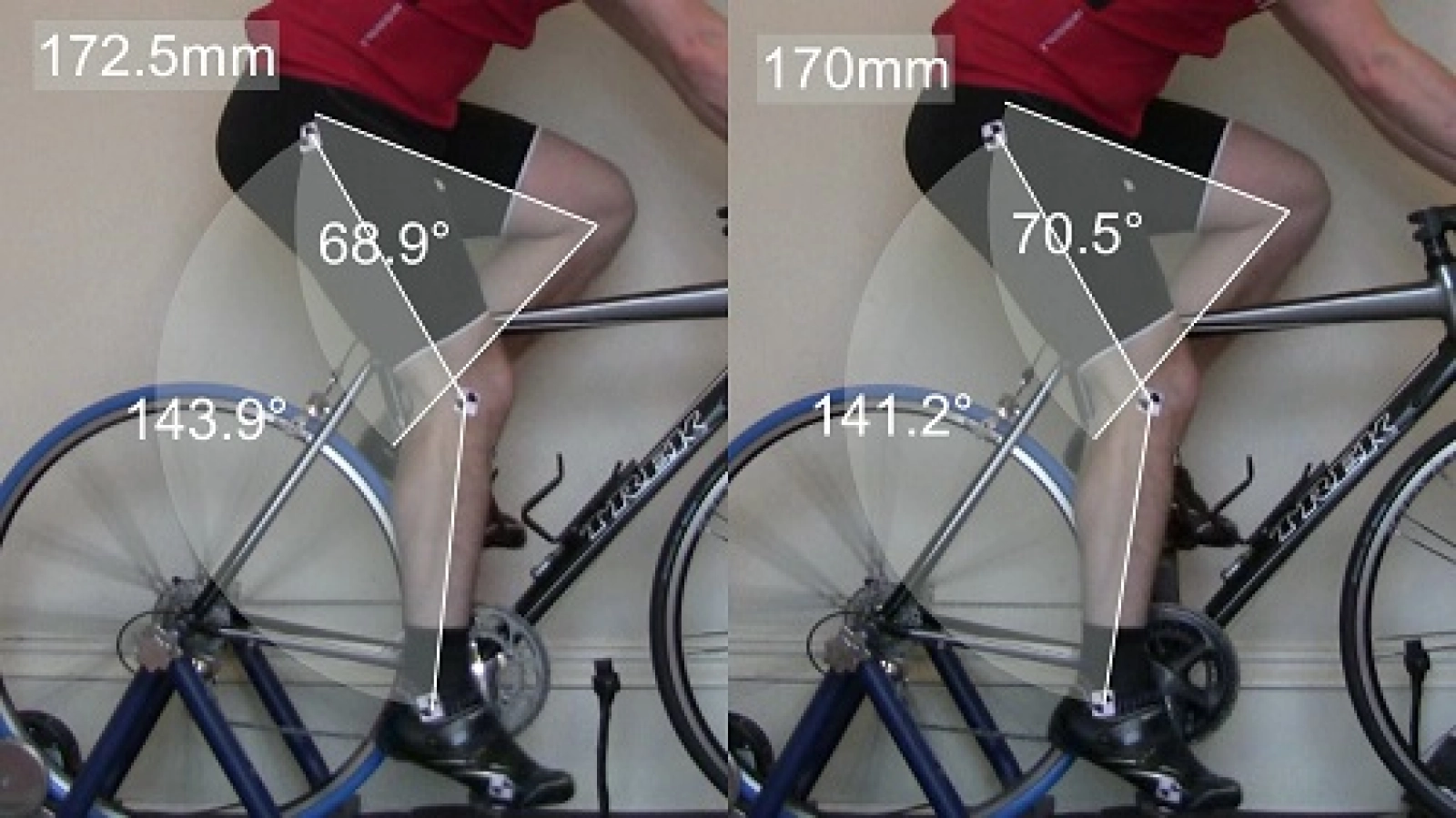
When the hip angle is very closed, meaning the leg is very flexed towards the chest, the force application is greatly reduced. At the same time, aerodynamics are becoming increasingly important, so the cyclist is placed in a very low and aggressive position. A position that, however, reduces the ability to apply force. How do we then achieve aerodynamics and efficiency in pedaling? The secret lies in the length of the cranks.
In fact, the solution was already there, as in time trial bikes, the position of the cyclist has always been advanced to be able to lean them more over the handlebars and thus adopt the most aerodynamic position possible. Precisely, this is the current trend in biomechanics when seeking more efficiency. The icing on the cake is the use of shorter cranks that allow the cyclist not to flex the leg as much against the chest because, being shorter, the leg rises less.
And by rising less, we avoid that angulation where the muscle loses the ability to apply force because it cannot exert enough leverage. In turn, with shorter cranks, the saddle can be raised slightly to compensate for the reduction and maintain proper leg extension, which in turn allows the cyclist to lean more, that is, all the pieces fit together.
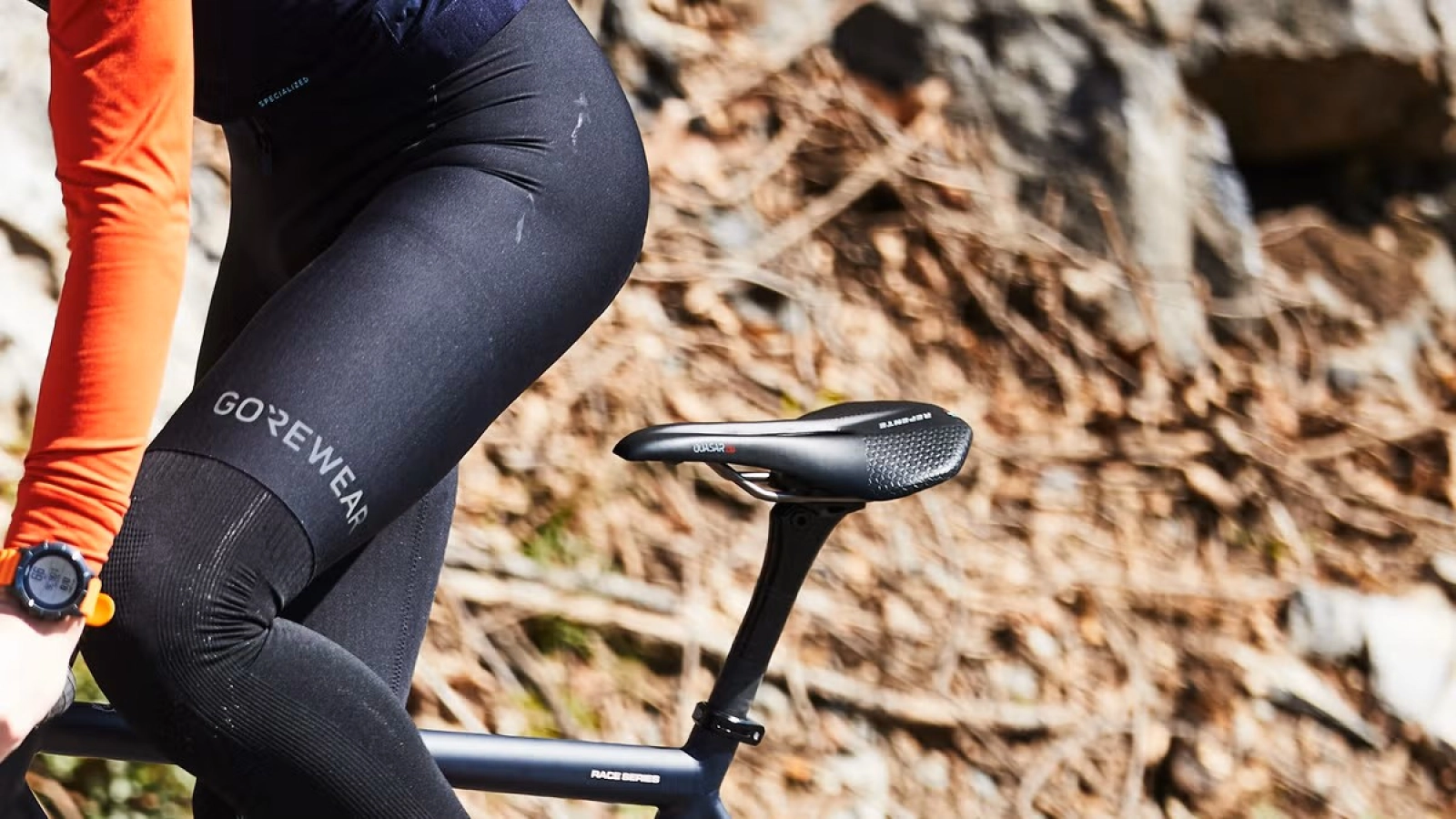
Obviously, these positions are suitable for everyone, and to maintain a position more akin to a time trial bike than a traditional road bike, the tone of the stabilizing muscles must be high, something usually neglected by most cyclists except for professionals.
On the other hand, finding shorter cranks of 170 mm can be a real ordeal as component brands continue to manufacture with the general public in mind and what has always been done. The same happens with bike geometries, with saddle angles and the installation of setback seatposts that make it very difficult to place the cyclist in a high and forward position, the main complaint of the biomechanics professionals we mentioned at the beginning.
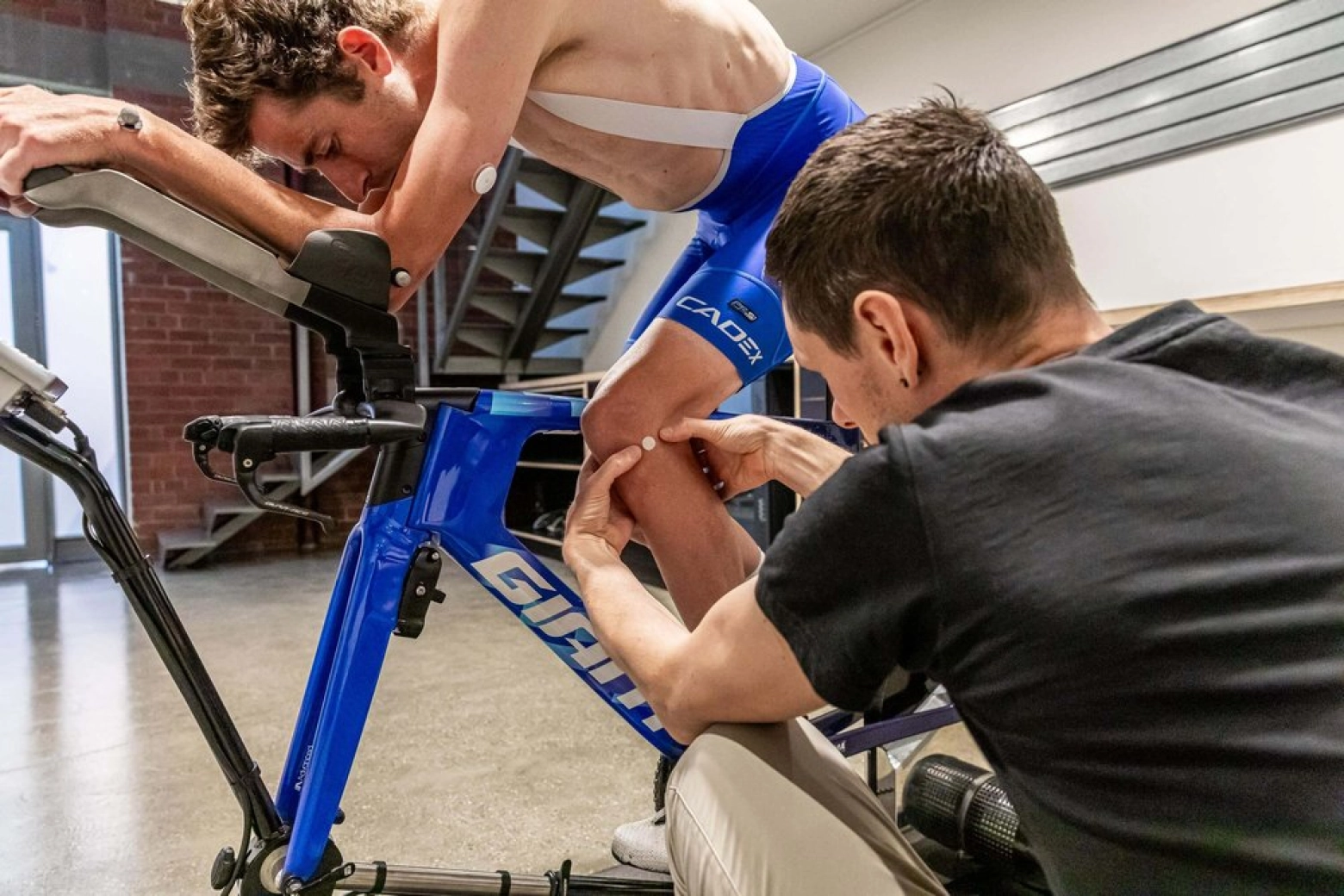
However, we already know the trend in road cycling to mimic what professionals do. More and more are discovering the benefits of using shorter cranks to better utilize their strength, more and more cyclists are seen with the saddle pushed forward to the limit of what their bikes allow, so it would not be surprising that, little by little, manufacturers began to adapt the geometries of their bikes to fit this new paradigm. For now, it is not uncommon for them to offer the option of installing a seatpost with or without setback.